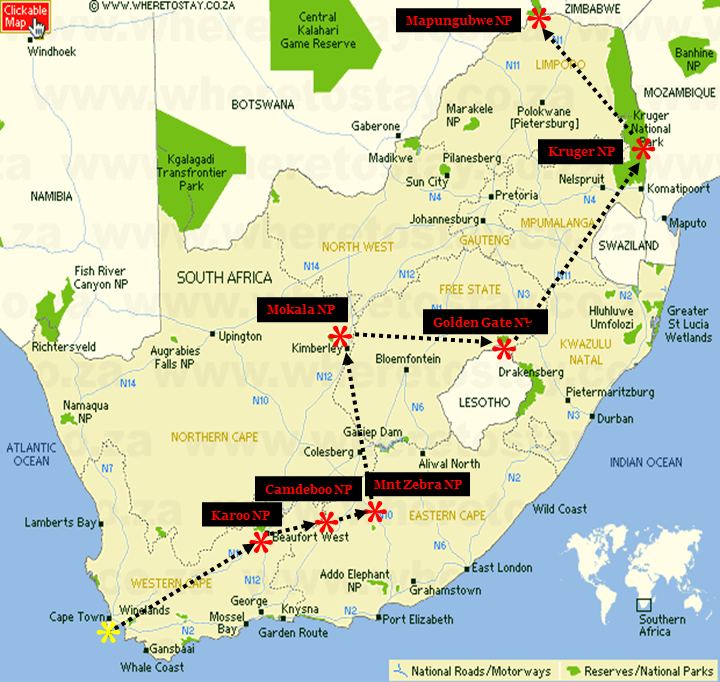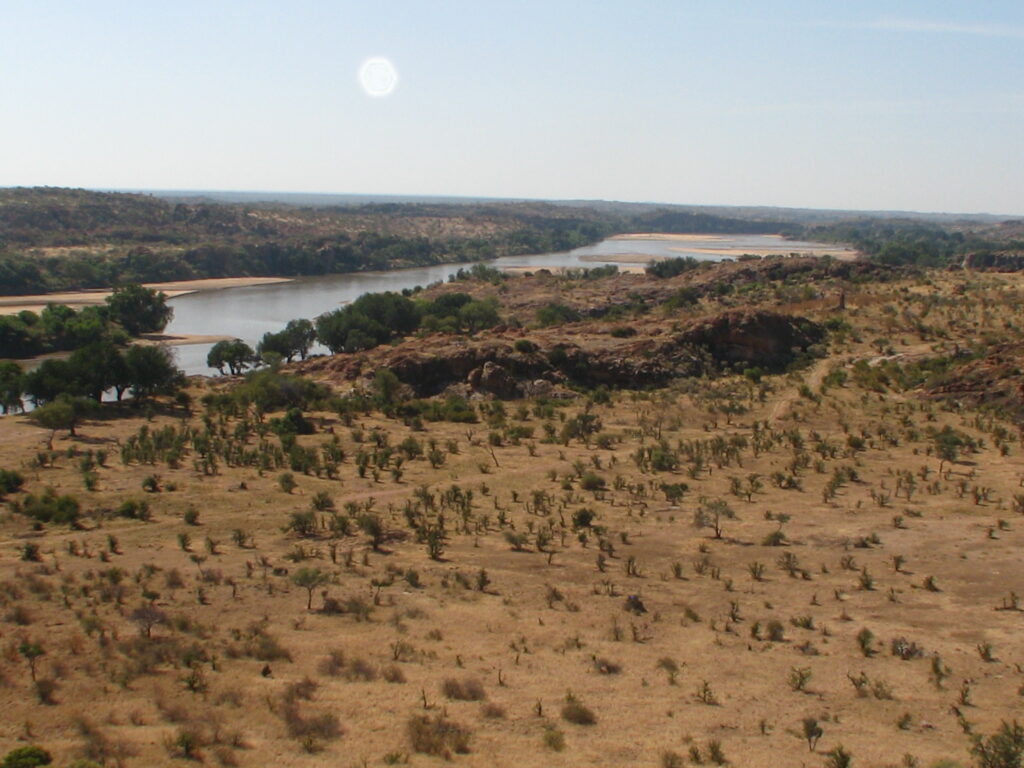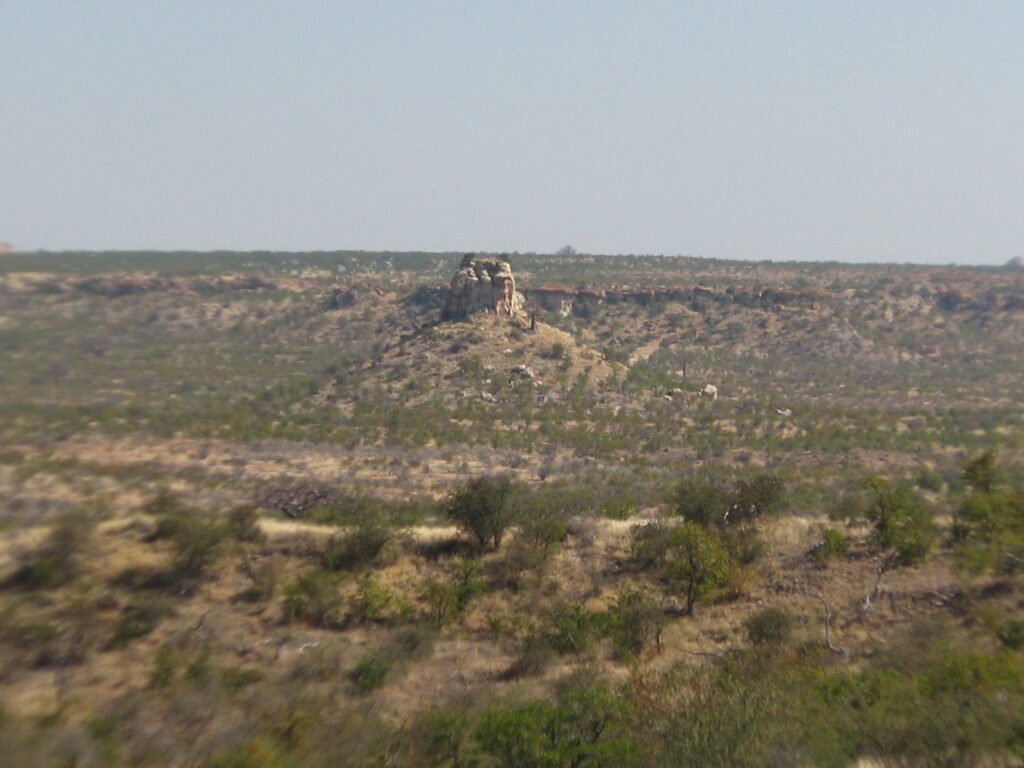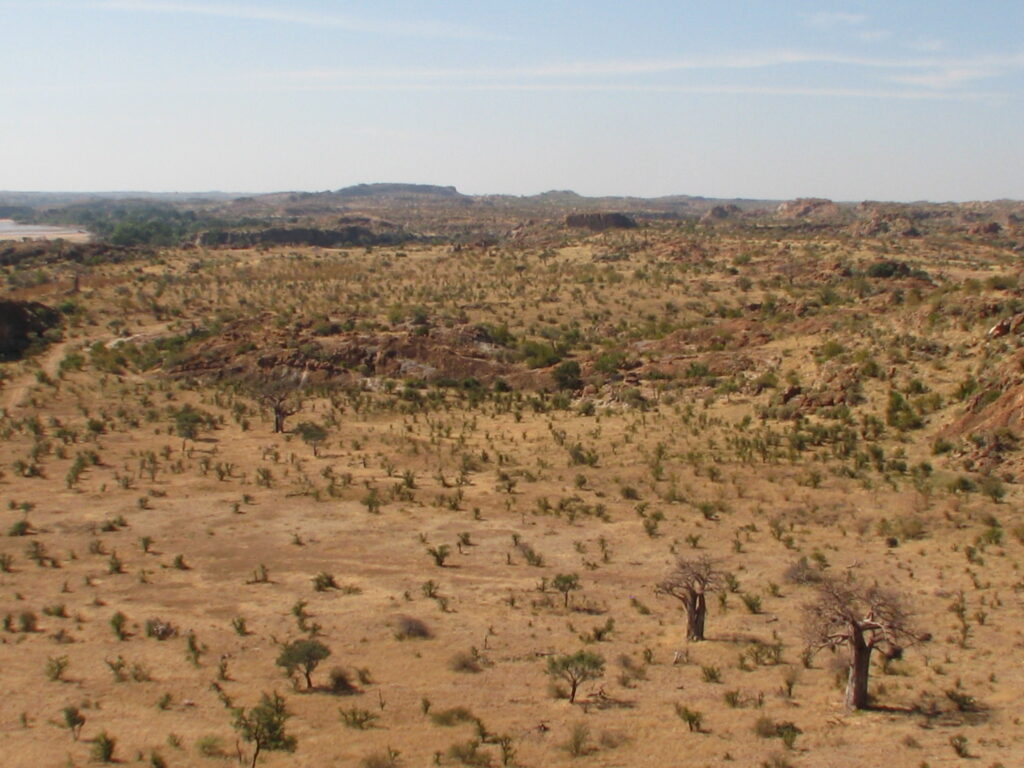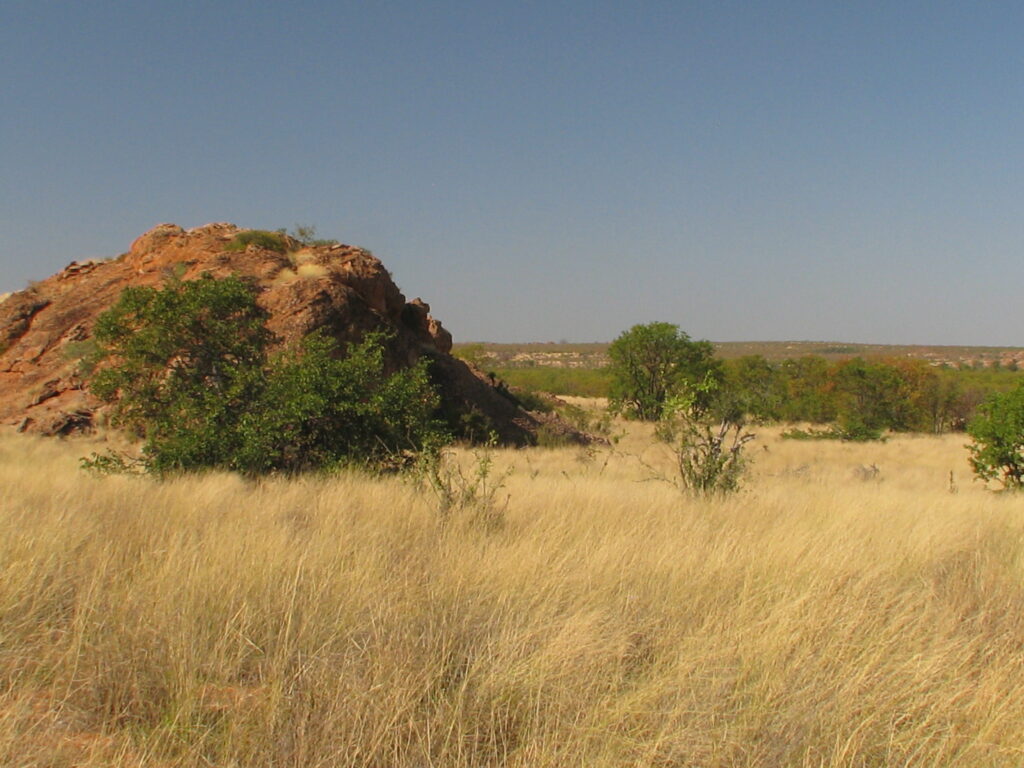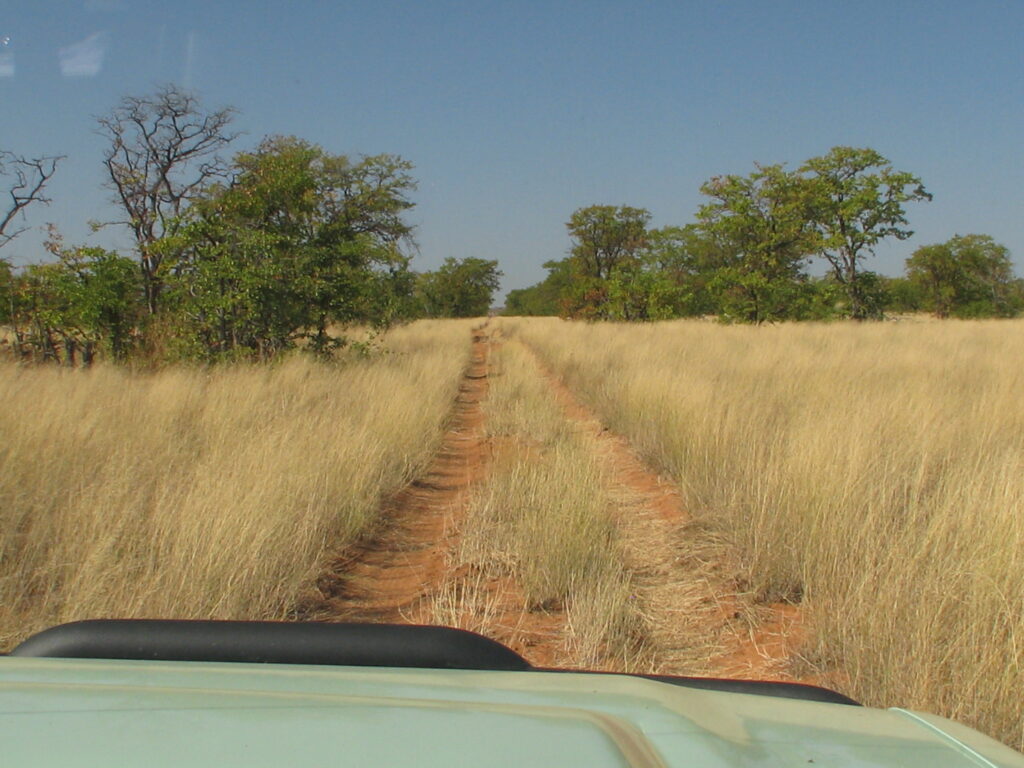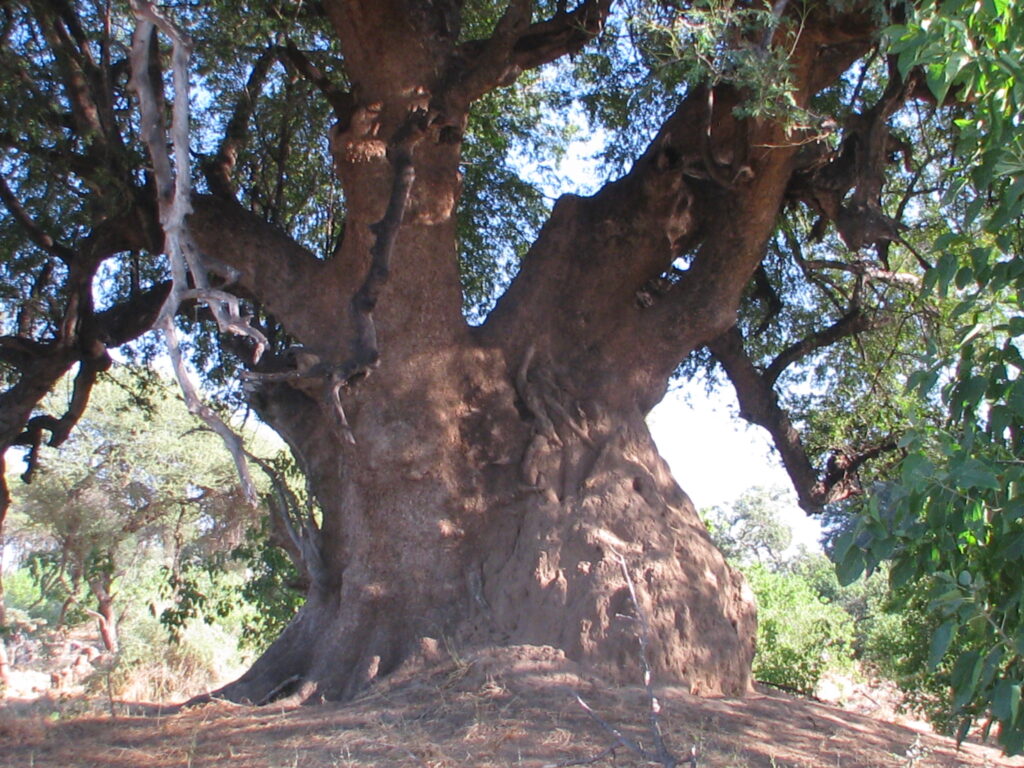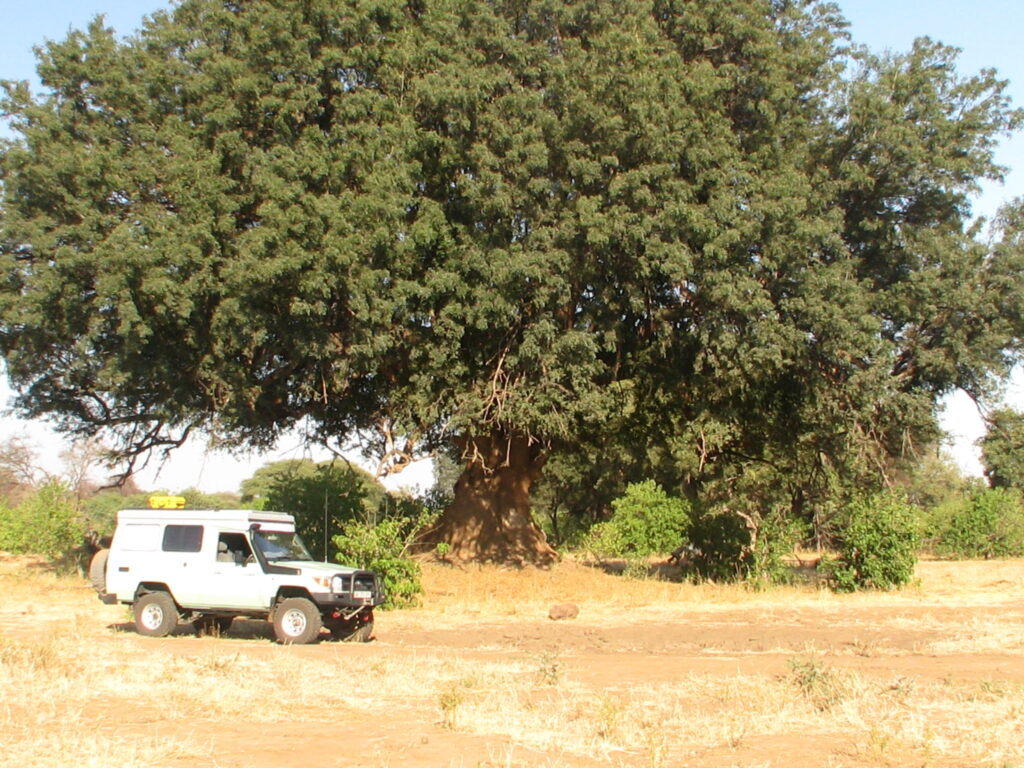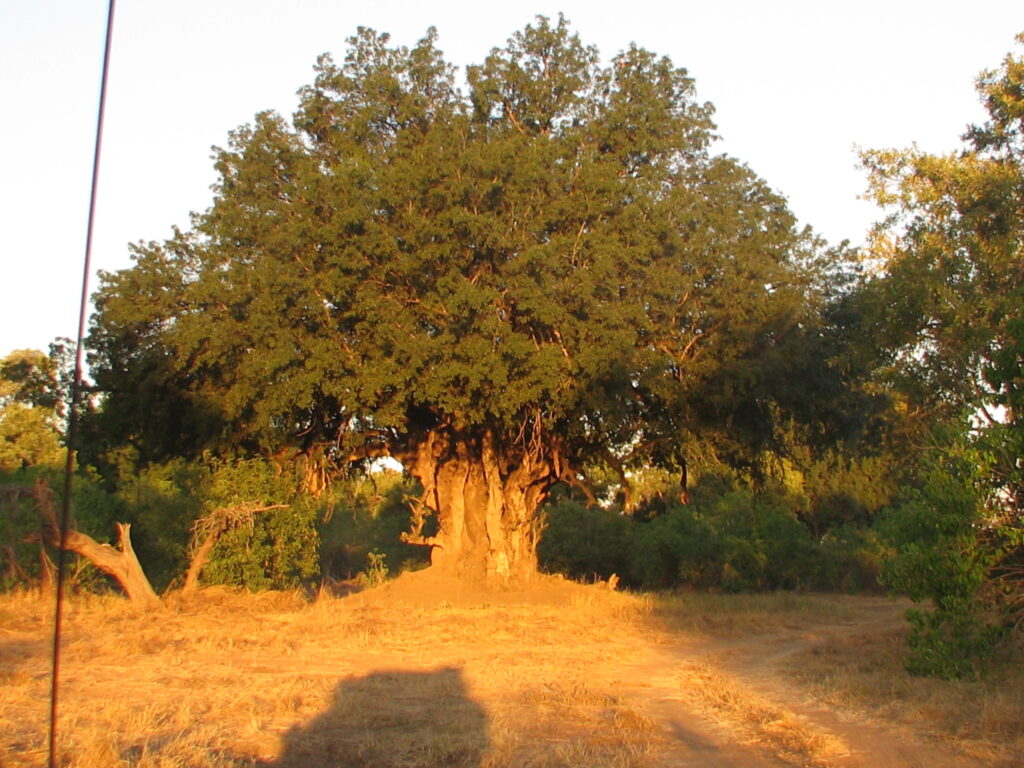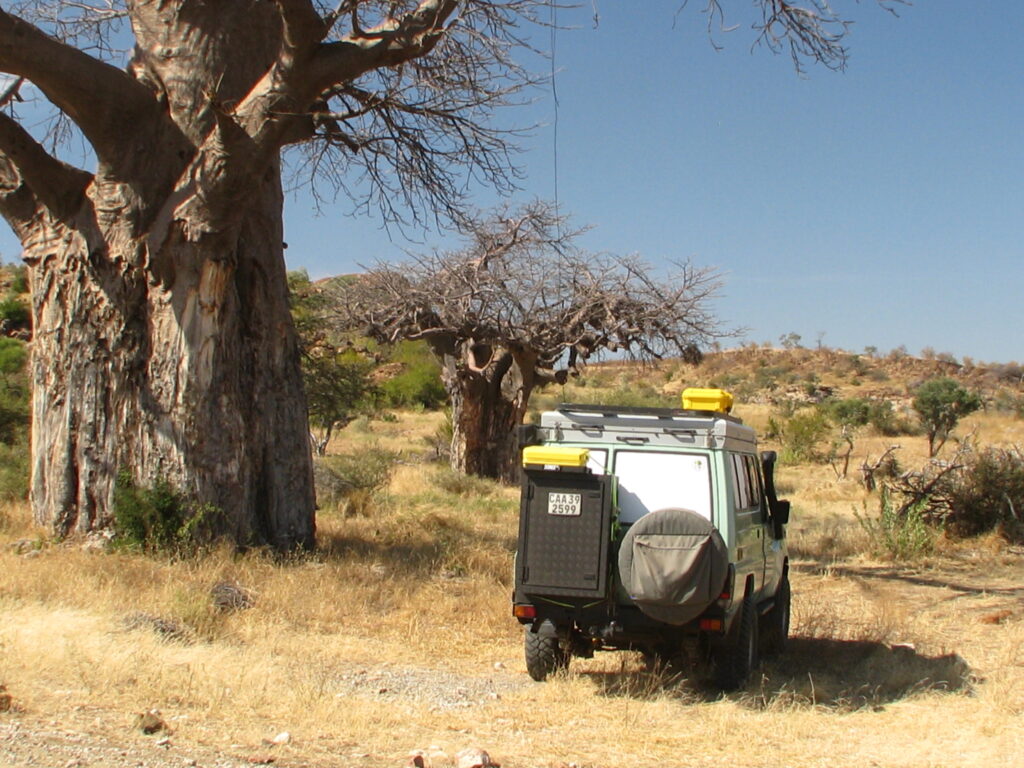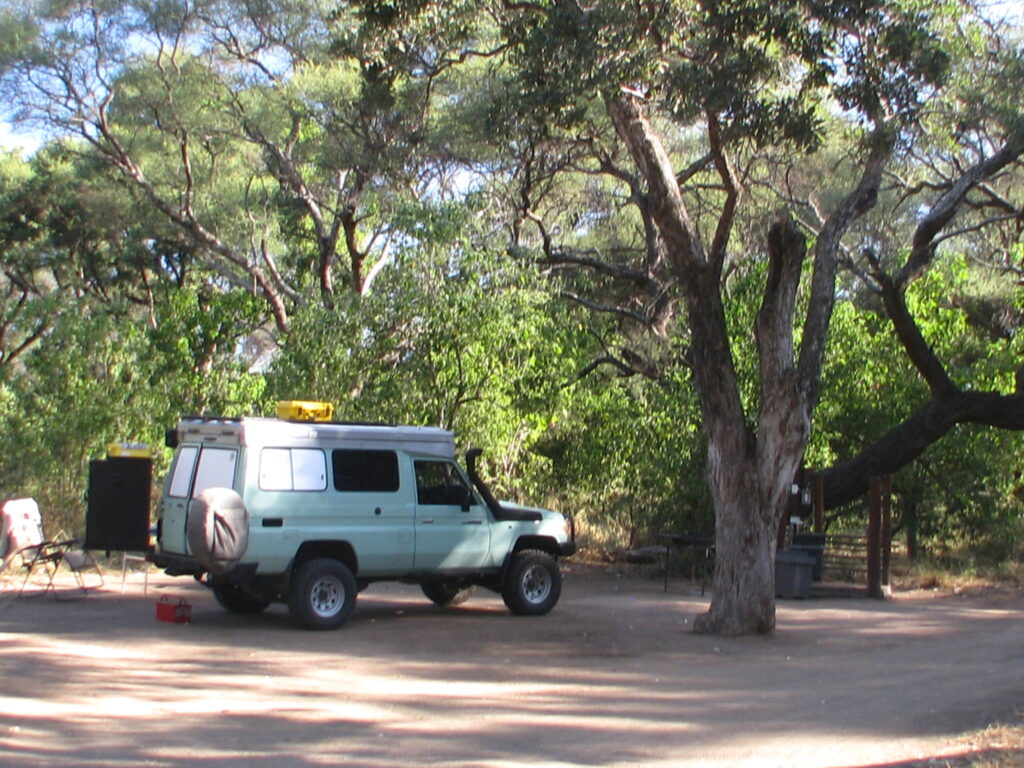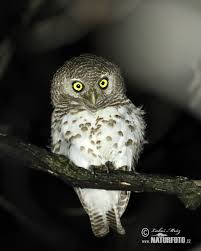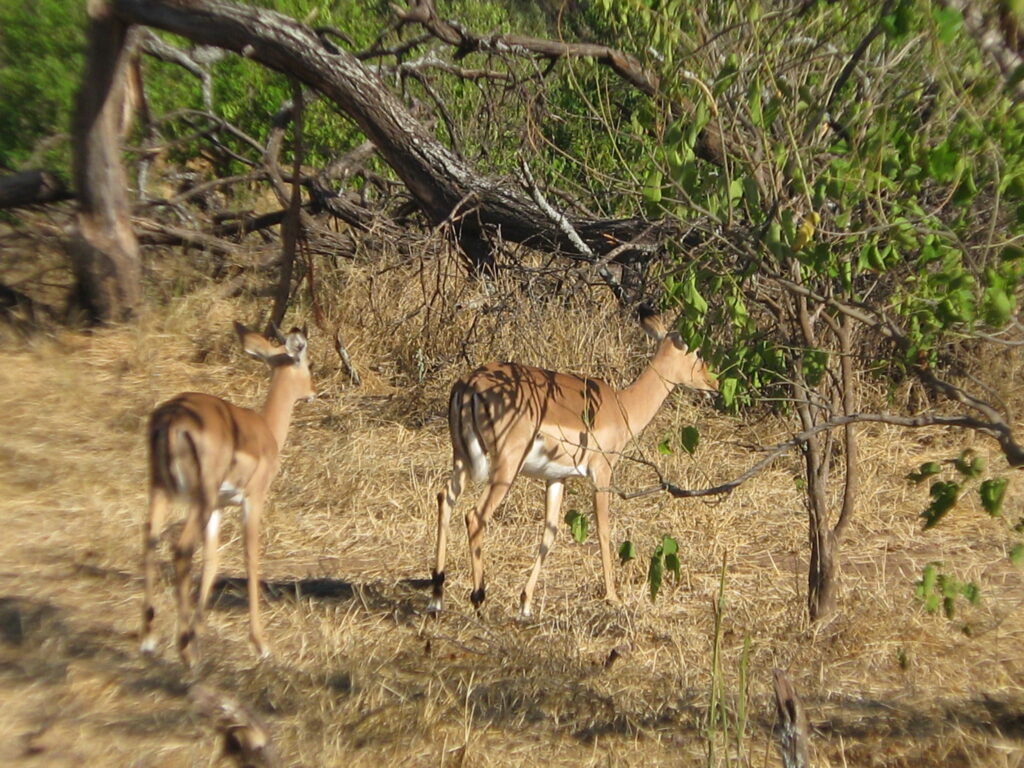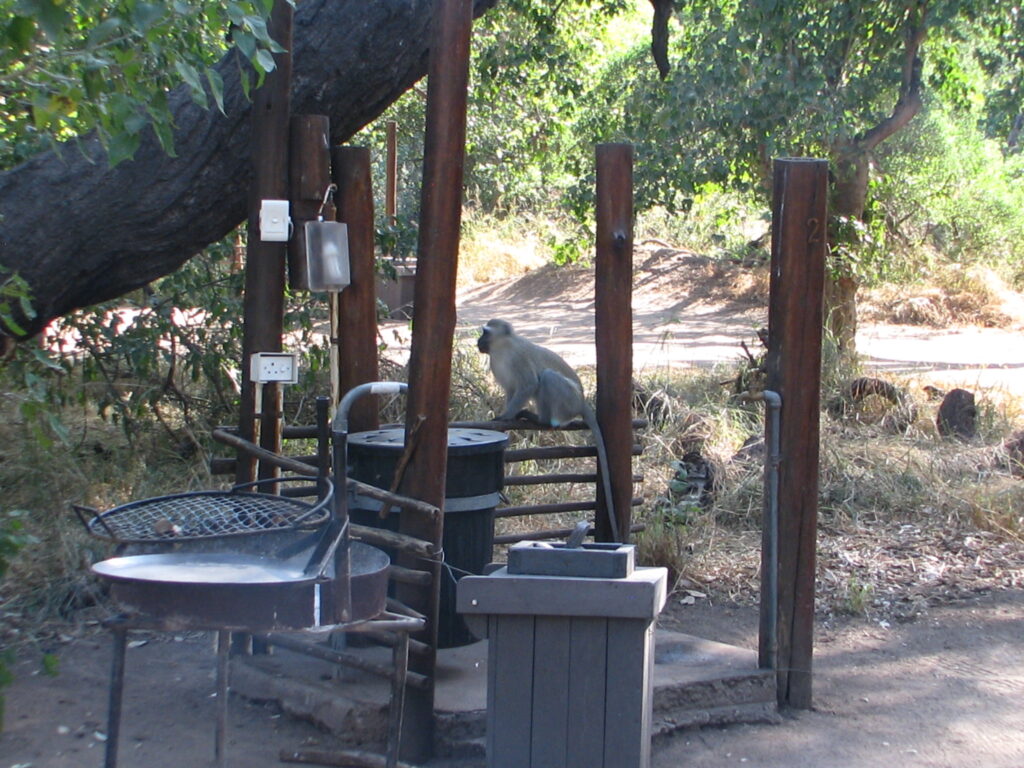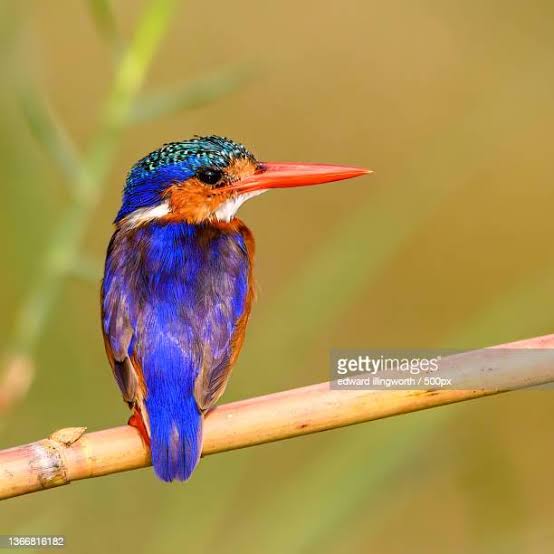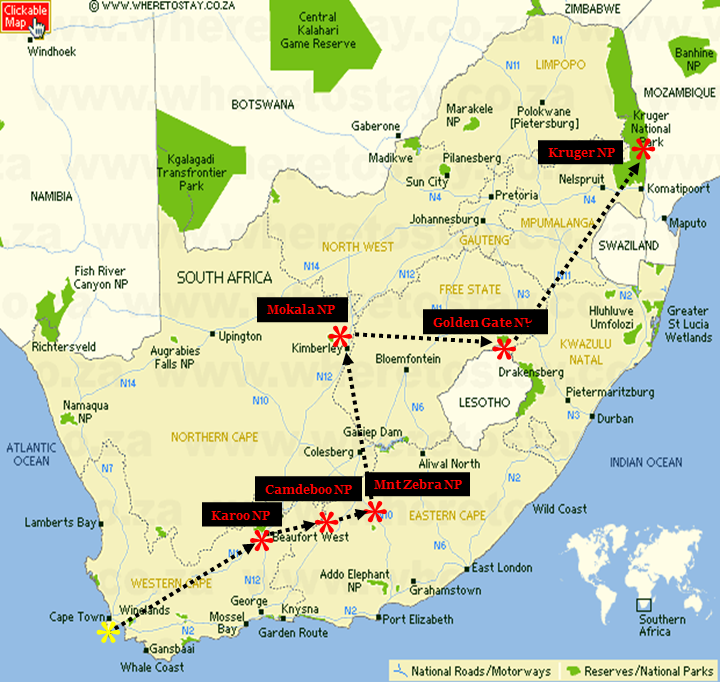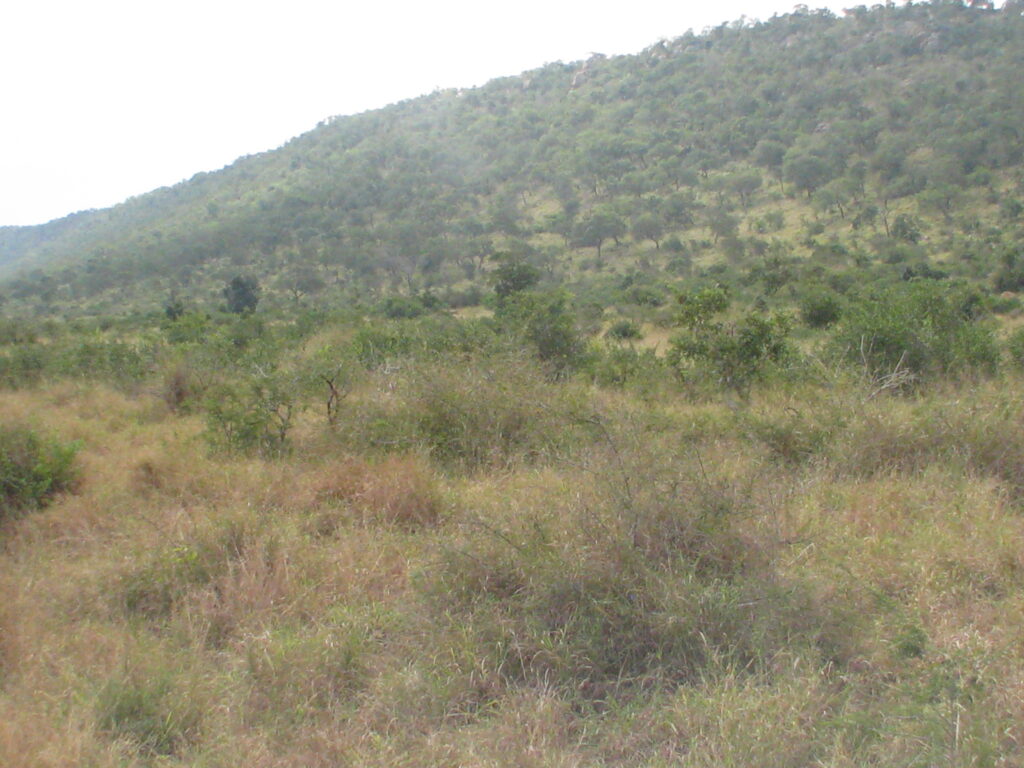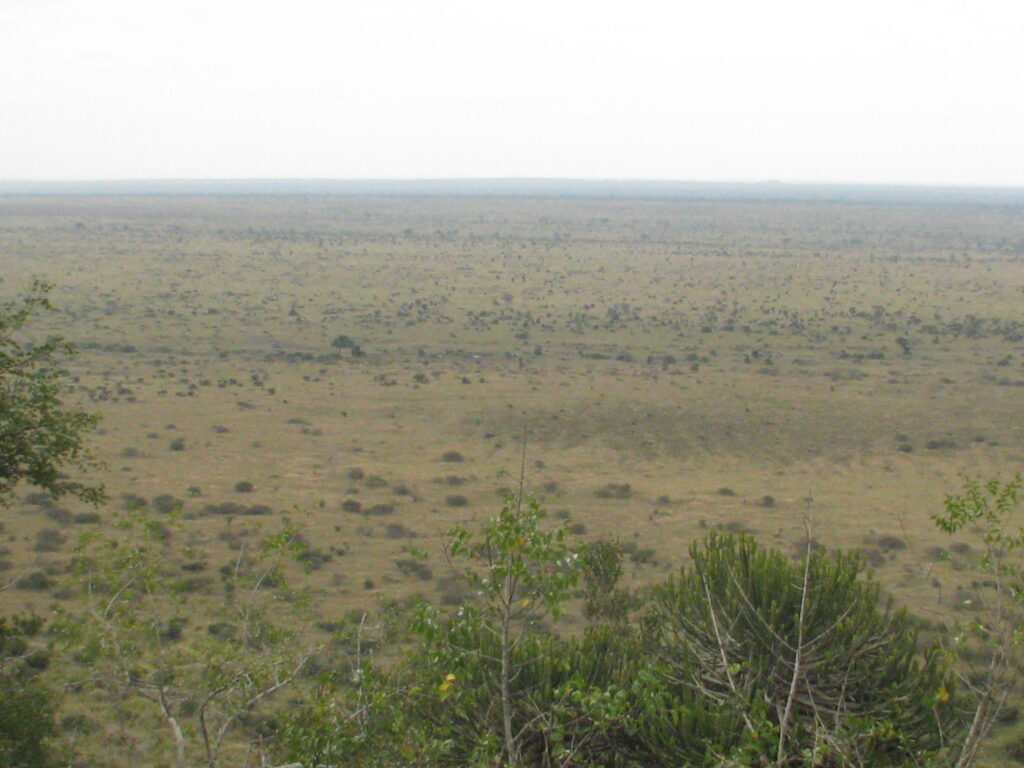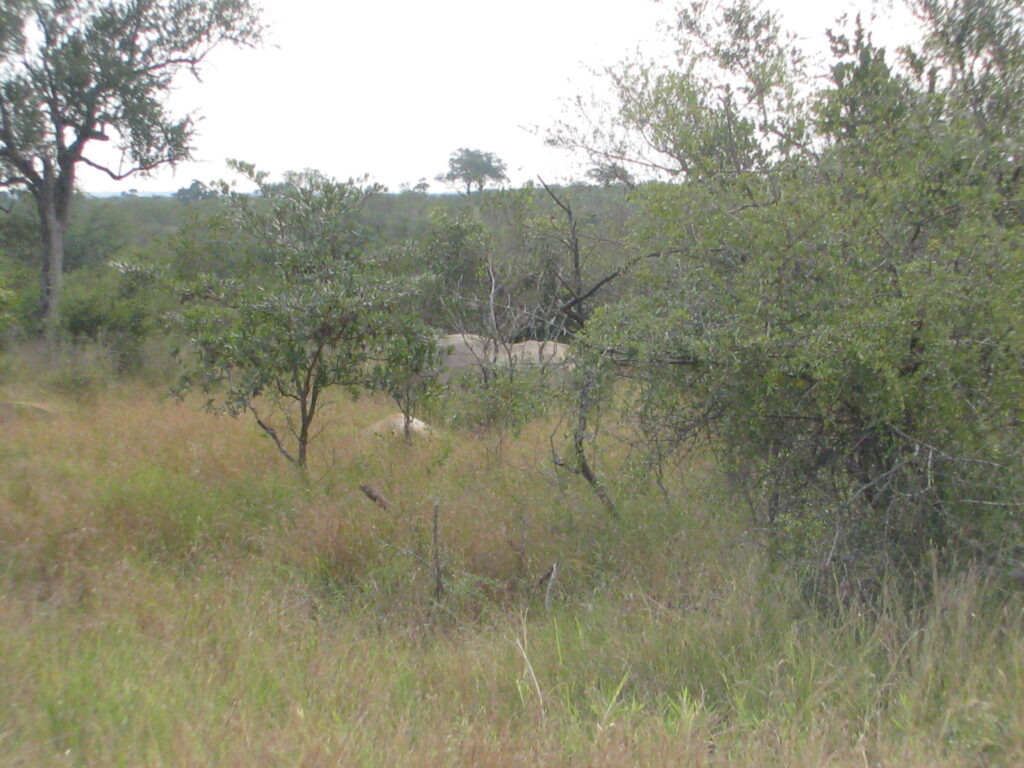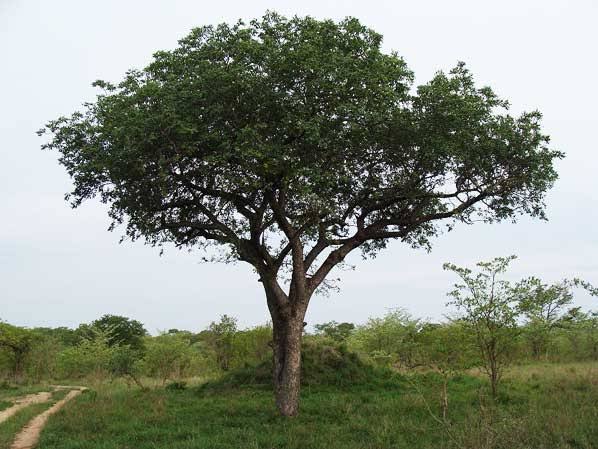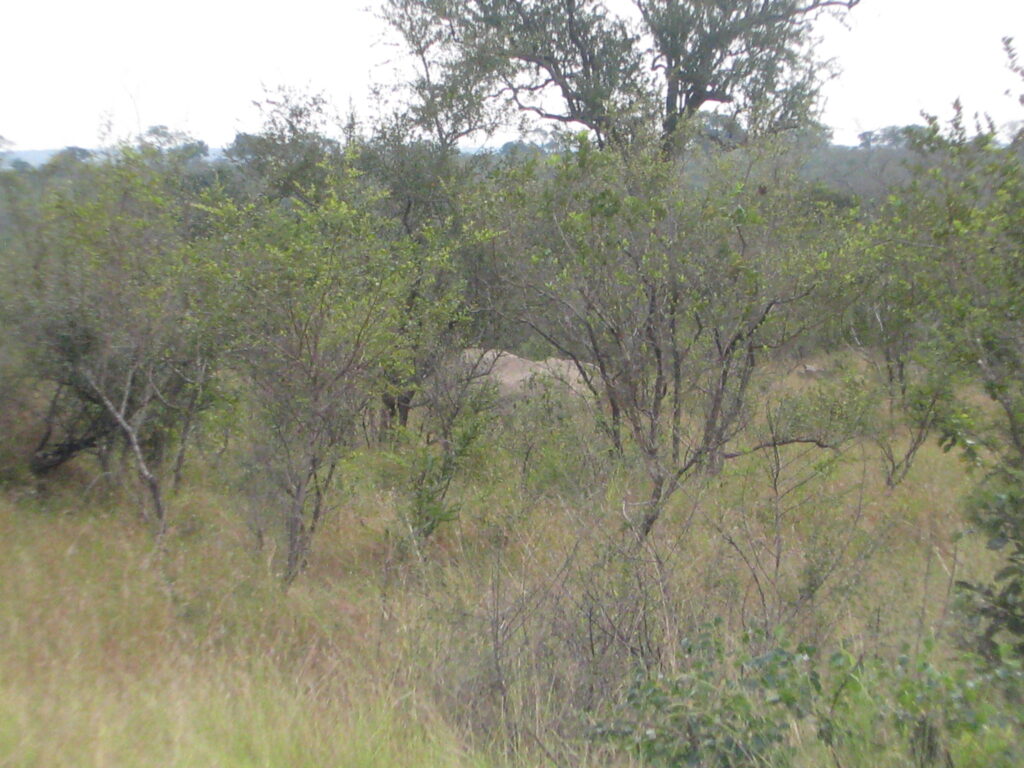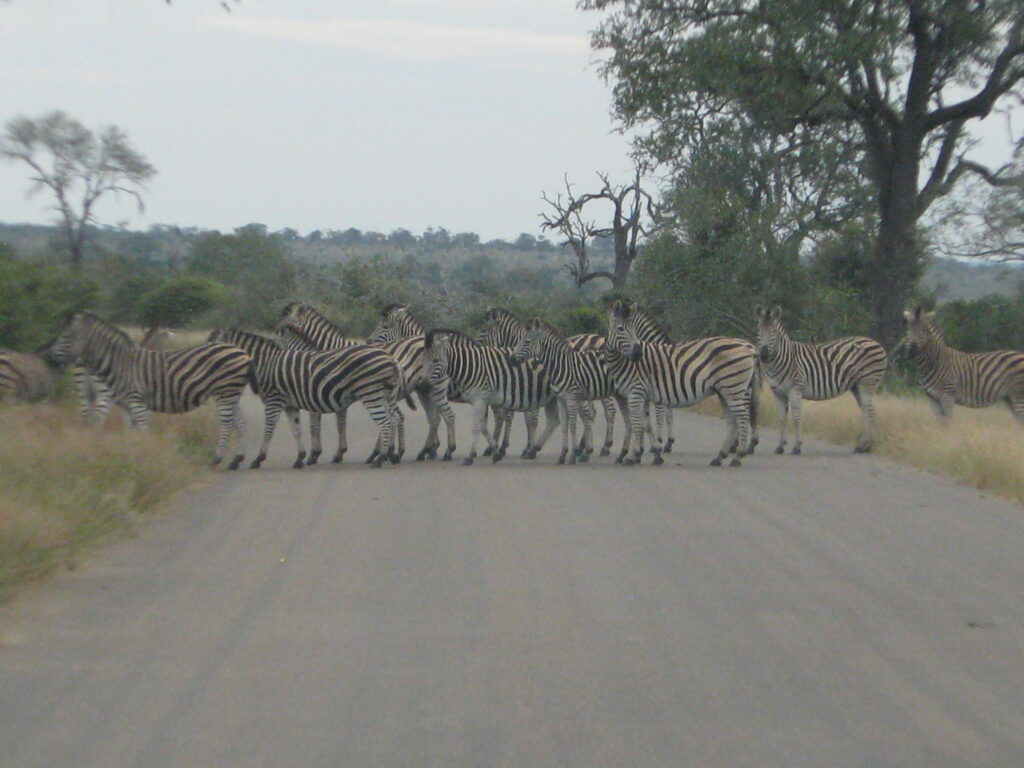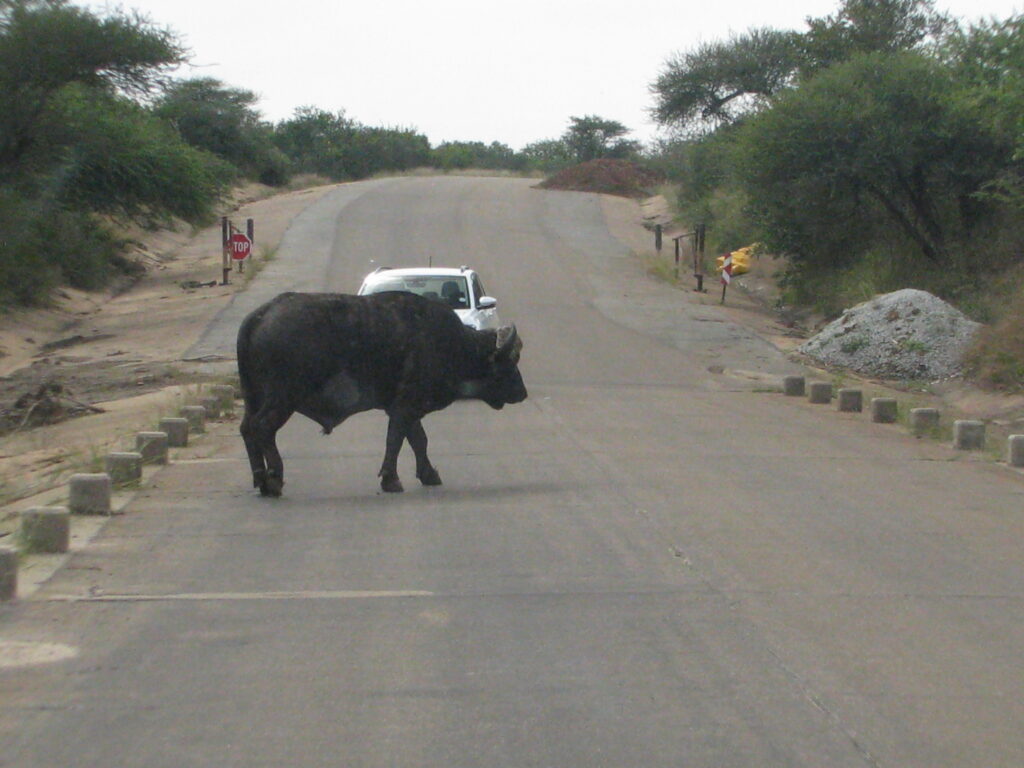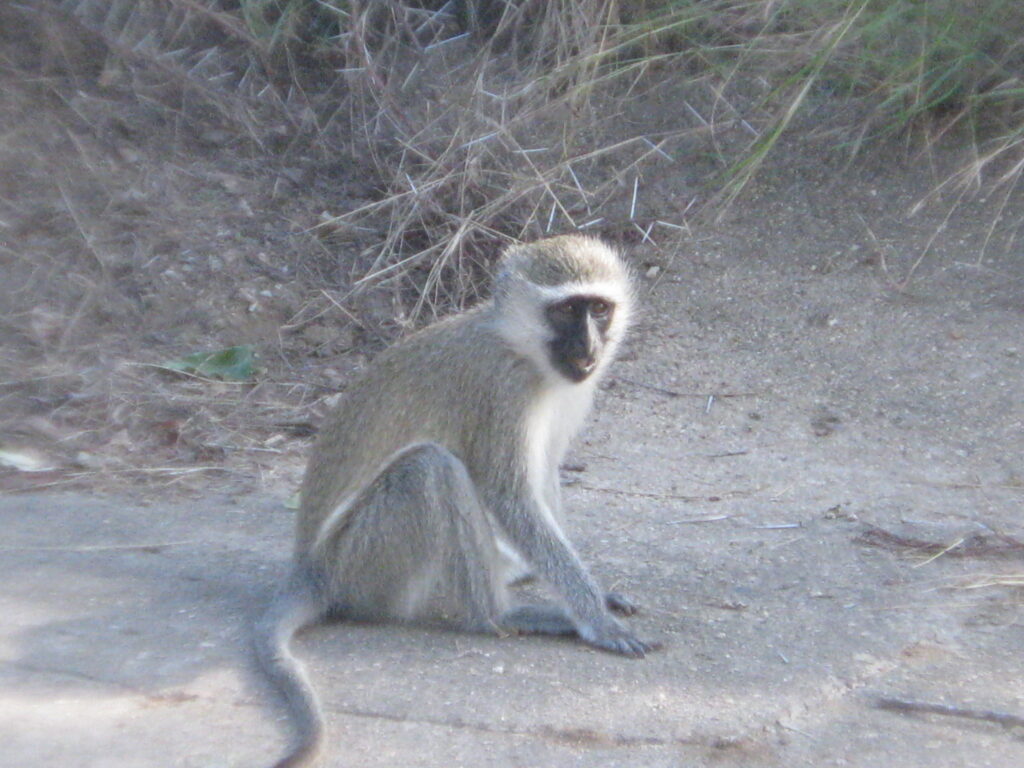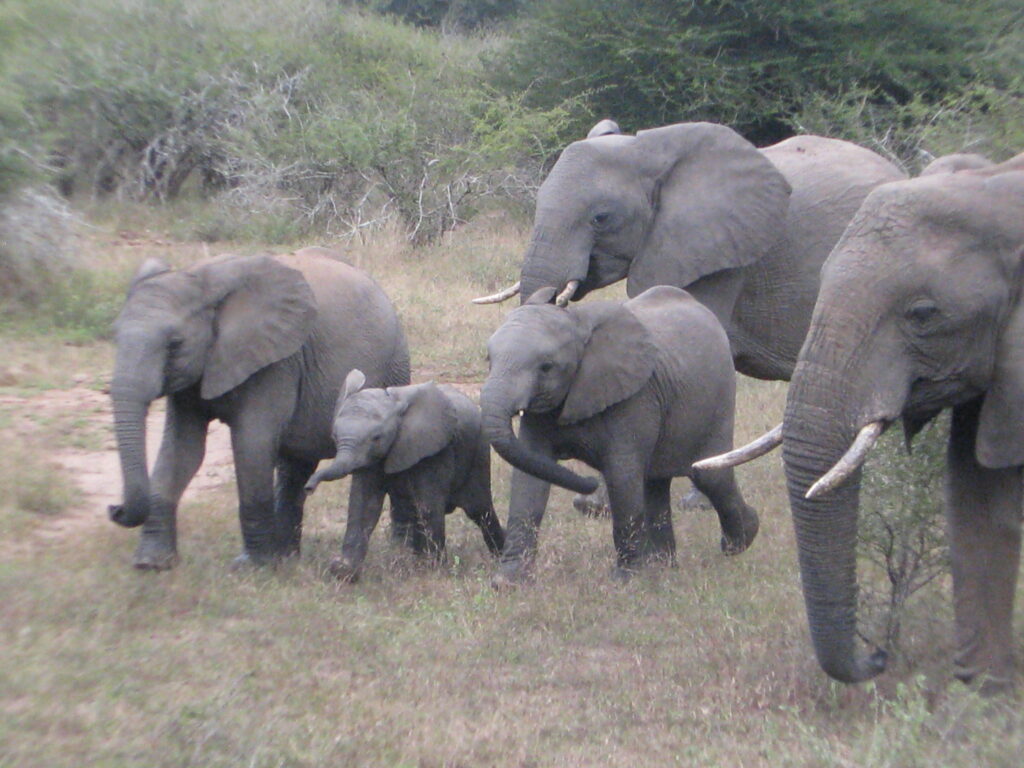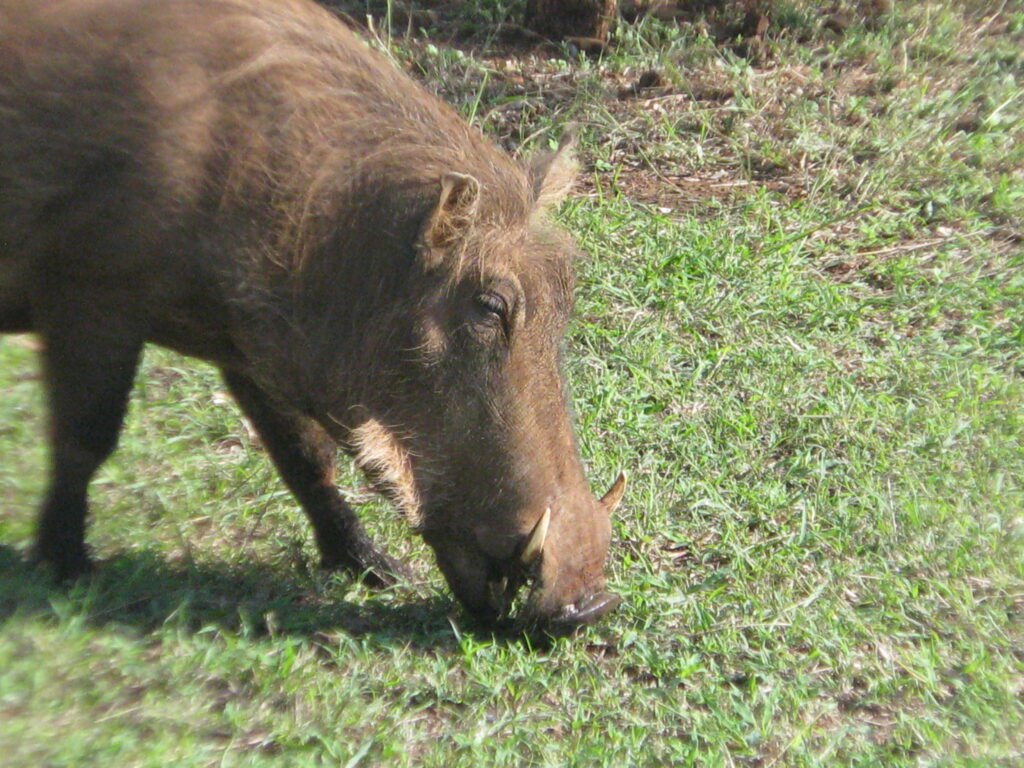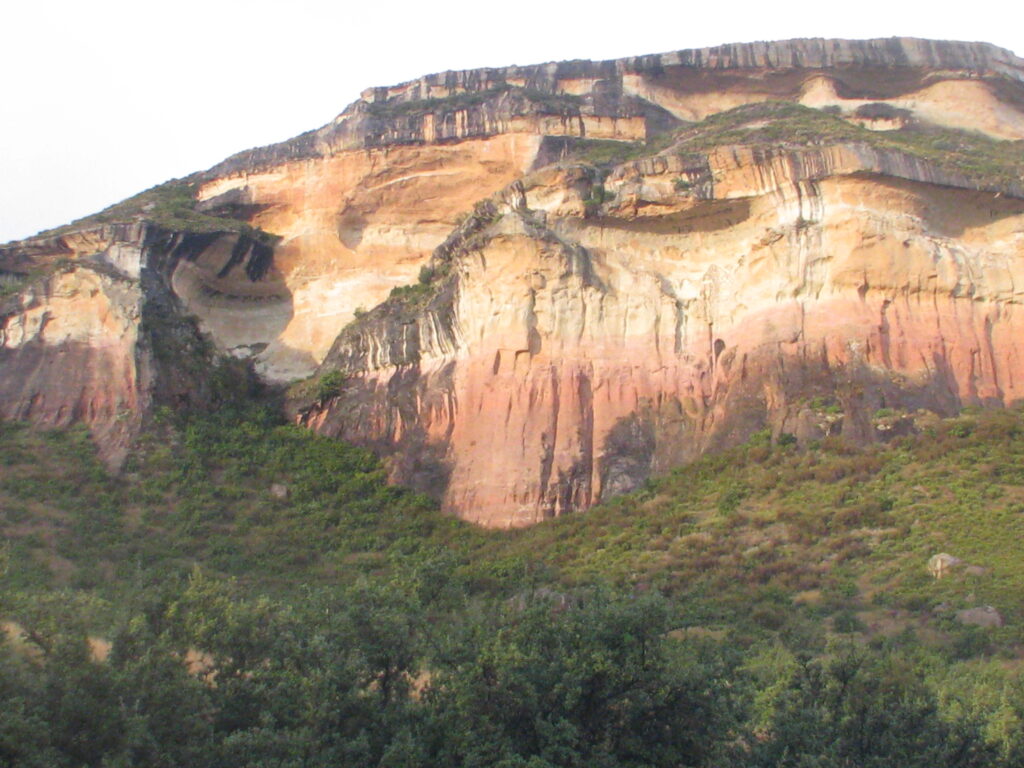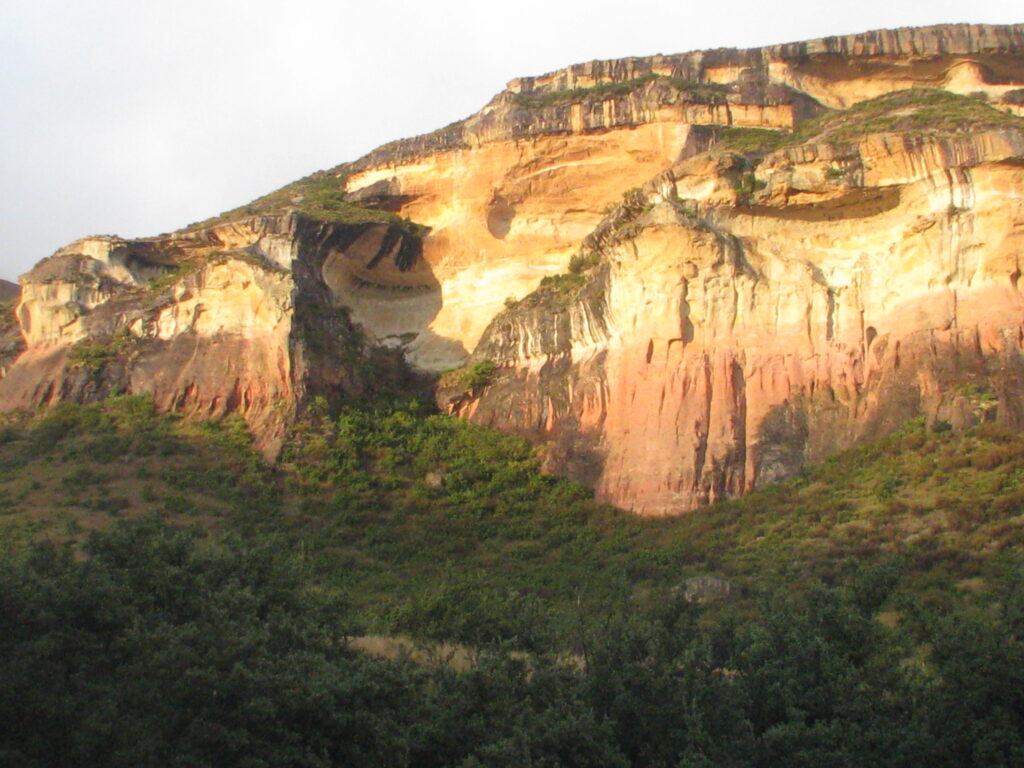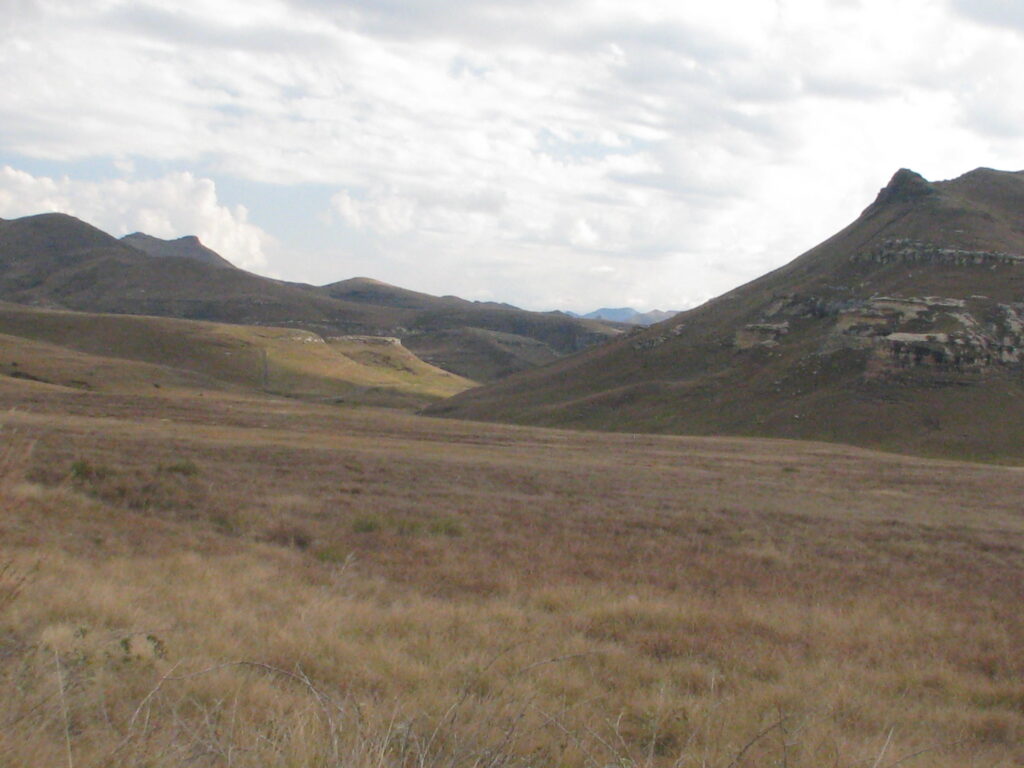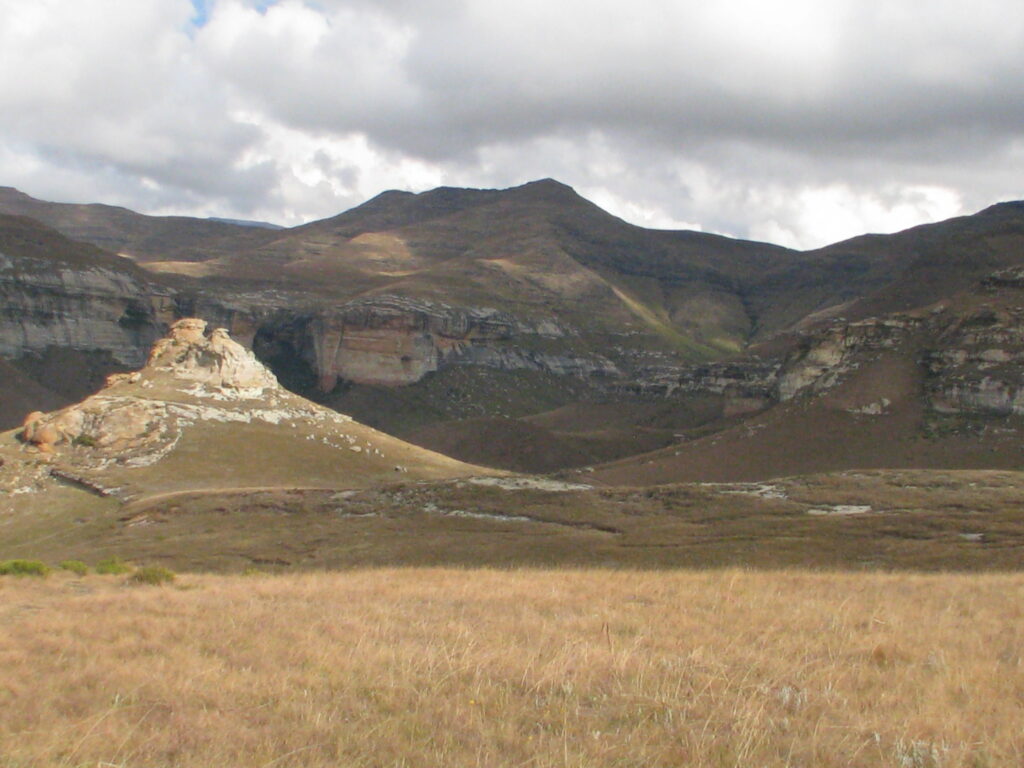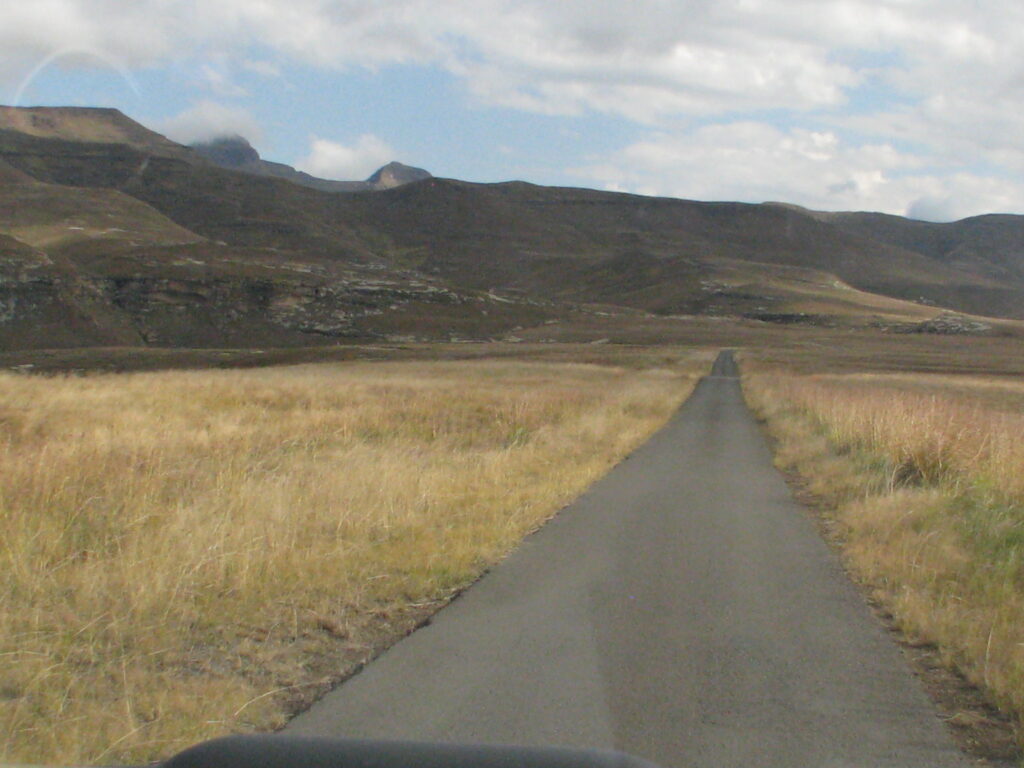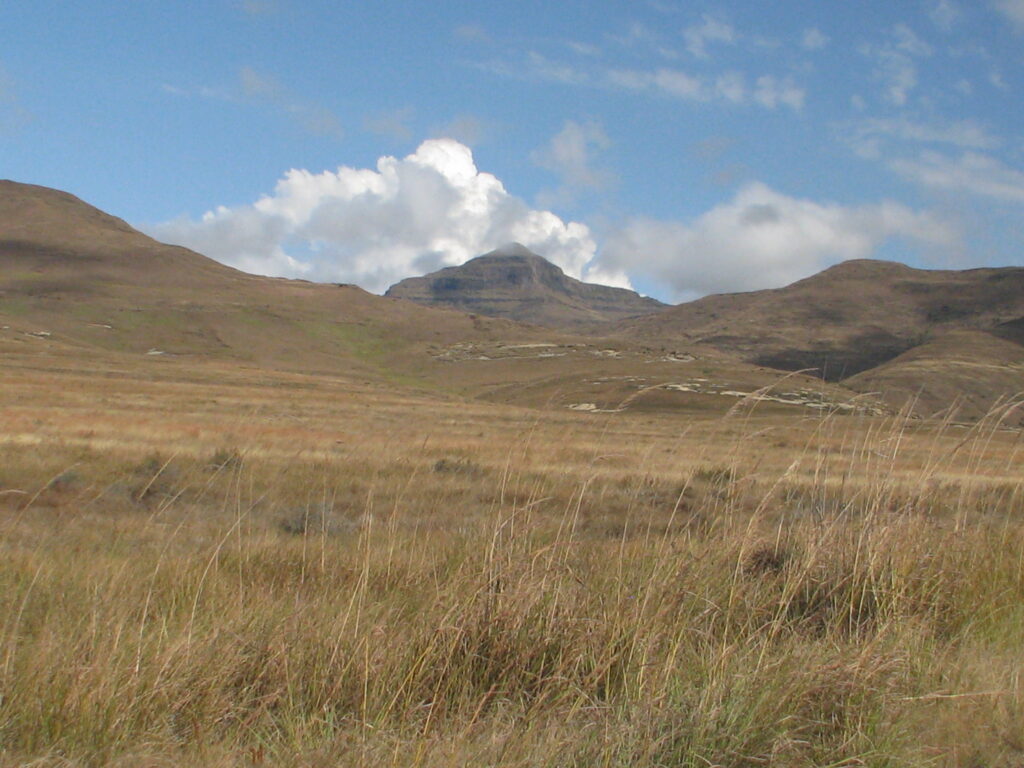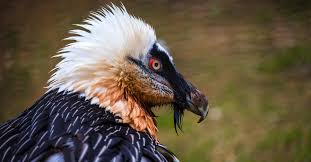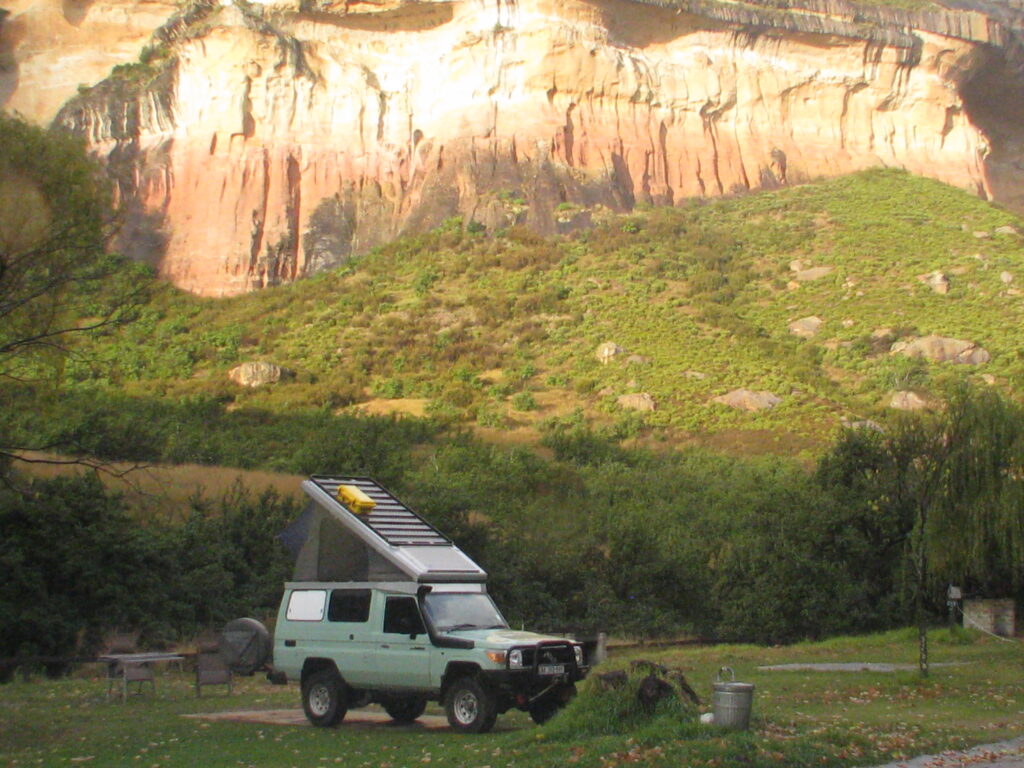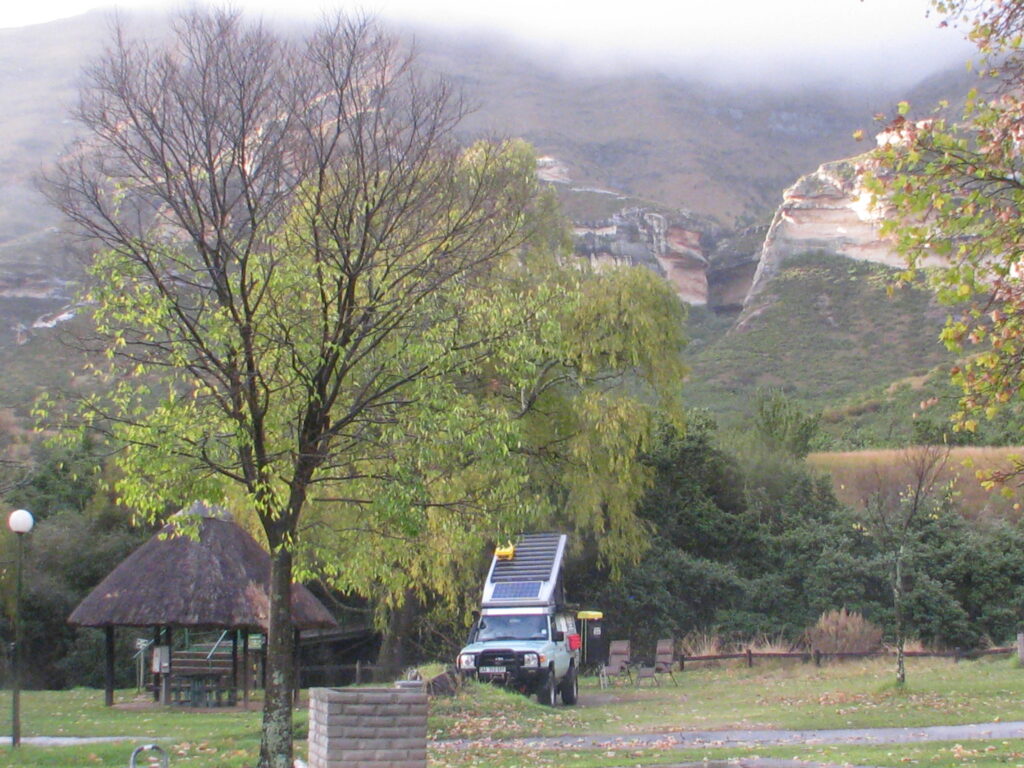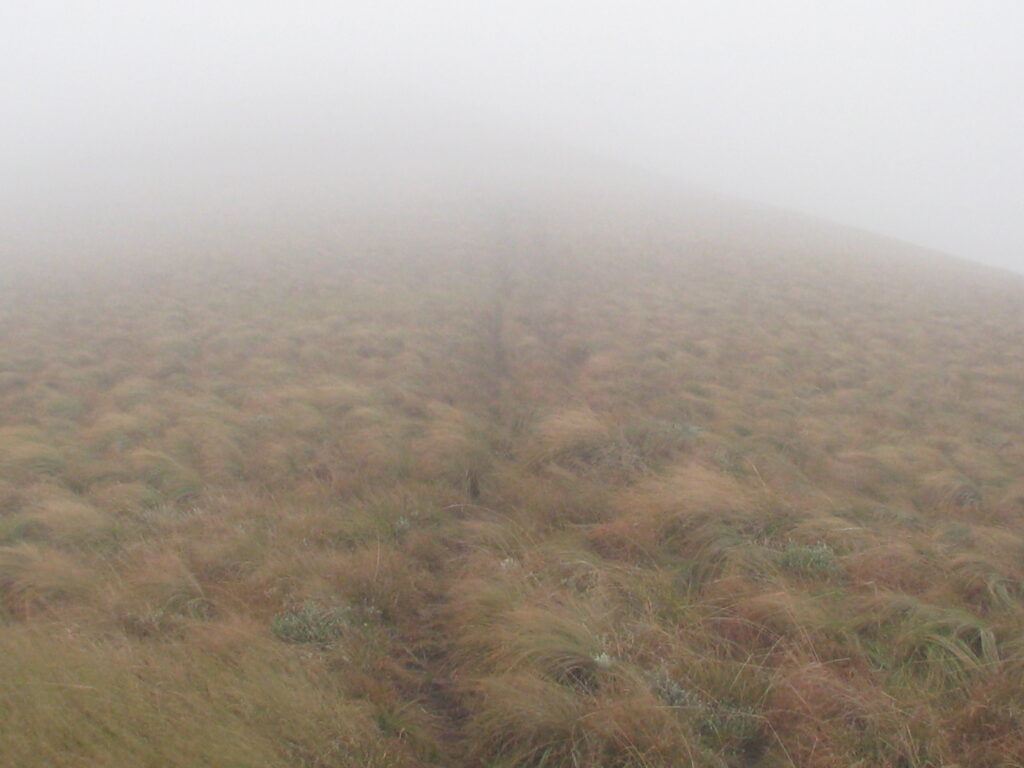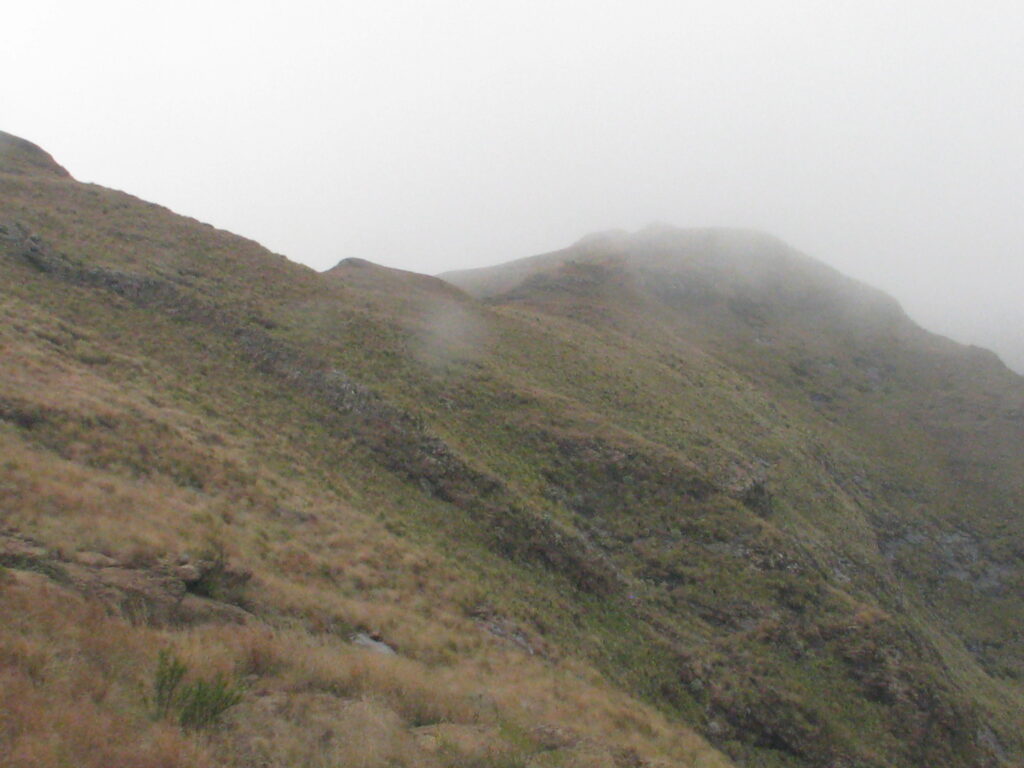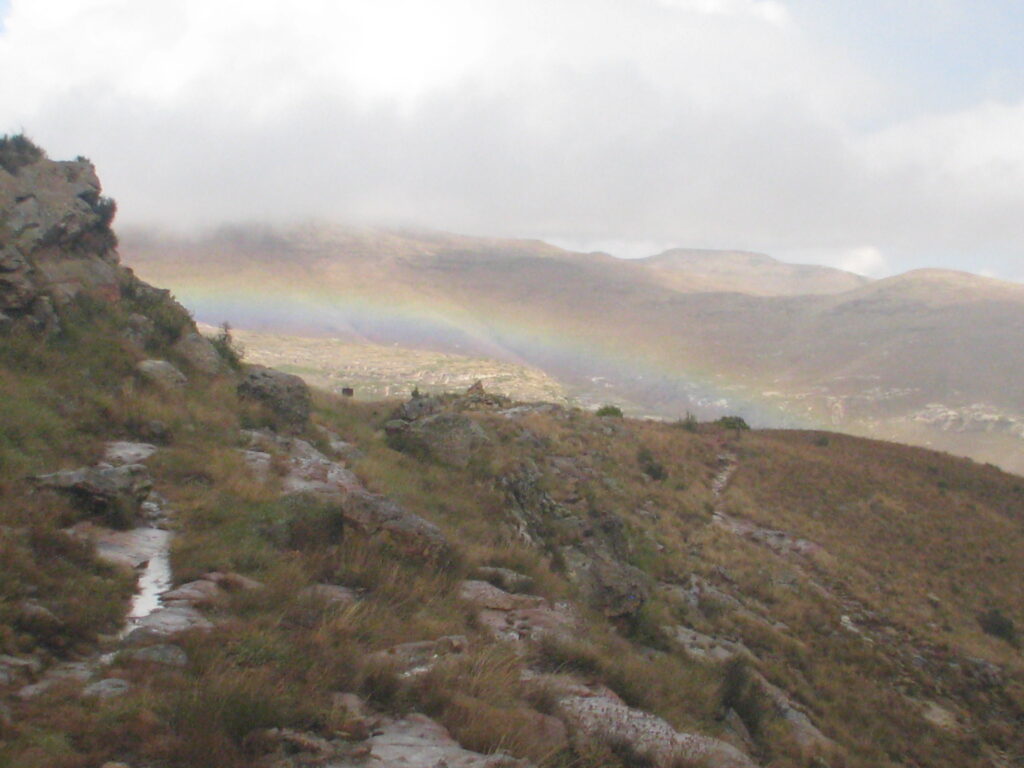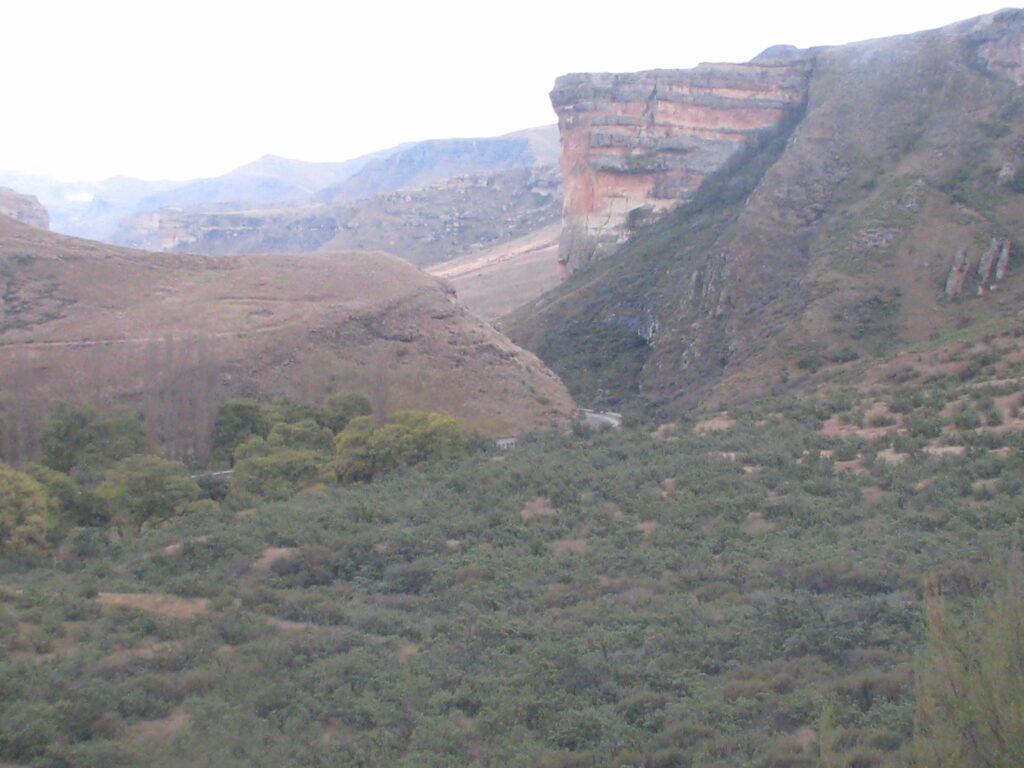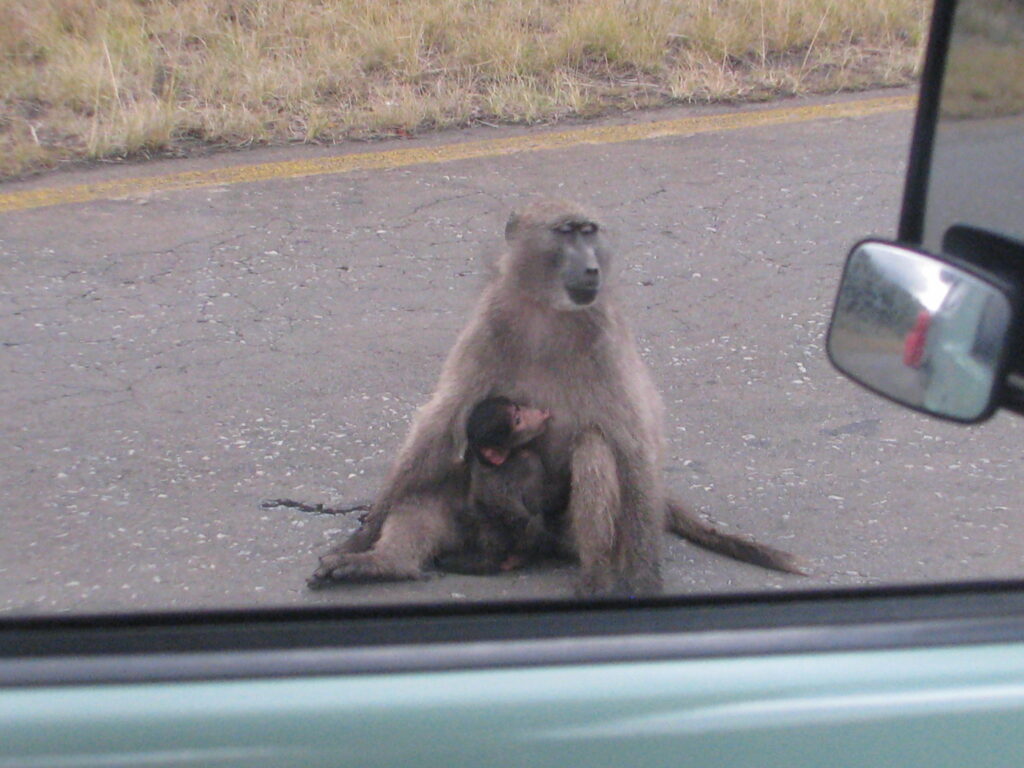As I leave behind South Africa, in the spirit of this “travel blog” I am going to take advantage of this “not too exciting” all day drive to share some random observations from behind the wheel in South Africa.
While driving long distances, especially when you are alone, you have a lot of time to ponder both the big picture stuff, like the meaning of life, but also lots of silly things that don’t really matter that much other than the fact that they occupy the inquisitive mind while driving. I want to share some of these ponderings with you just for fun, since anyone contemplating a long-distance road journey or anyone that has completed one already will have had similar ponderings. There is no particular order to these random ponderings – just random thoughts of a lone driver.
#1. Flashing lights. Driving in Africa as a foreinger can be frustrating at times for lots of reasons, but one of the reasons that has, quite frankly, stumped me is my inability to interpret the flashing light signals given by other vehicles. Take this example, what does it mean when the truck in front of you puts on their turn signal but without any turns up ahead? Are they signaling that you can pass them, or that they plan to turn or pass someone ahead, or that it is unsafe to try and pass them at that time? I have seen situations when all of these options have seemed to apply. So I remain befuddled and therefore generally don’t do anything when they are flashing at me lest I make the wrong decision and piss off a big rigger. Or how about this one. A car comes up behind you and makes it clear they want to pass. At some point you find the space to pull slightly into the breakdown lane and they come zooming passed you and double flash their rear lights. Are they saying “thank you” or “F U Ahole for not moving over sooner”? Hard to say. There are other confusing flash signals but you get the point – driving in a foreign country without know the road protocols ca be frustrating.
#2. Highway buffer maintenance. The highways, both the national and regional roads, all have pretty big buffers on the sides that are in most places just grass strips. It baffles me a little to see road crews of dozens of men with hand-held weedeaters cutting the tall grass instead of using a tractor mower. And this is happening on all the roads at regular intervals. Is this because they can’t afford a tractor mower? Or perhaps because the ground is too uneven for a tractor mower? Or is it because it makes for a great government work program? This I ponder when I pass them by.
#3. Police traffic stations. I almost never see police cars on the roads looking for traffic violators. Instead, at regular intervals there are traffic police on the side with hand-held radar guns ready to stop anyone going even a few kilometers over the speed limit. And usually these stations are “manned” by 2-4 “officers”. Is this because they don’t have sophisticated radar devices in their police automobiles and therefore must use hand-held devices? Or is this because their police vehicles are too crappy and slow to actually catch a vehicle speeding, so they hope you will simply stop if they wave you down? Or is this yet another government work program to employ lots and lots of traffic police? This I ponder when I pass them by.
You might ask whether I have been stopped yet. Well, generally I am safe from these traffic stops because the Green Dragon generally can’t go the speed limit anywhere – trully. The highways generally have a speed limit of 120 km/hour and I can’t go much over 90 km/hour in my “tank”. However, I will admit that in the Park I did get stopped once for going 60 km/h in a 50 km/h zone. Interestingly though, and typical in Africa I hear, the very nice female officer BS’d a bit and then decided that instead of giving me a ticket she would ask me to exchange a $50 USD for the equivalent local Rand currency. She had received this $50 at some point, probably a pay-off from another speeding tourist, and didn’t have an easy means of exchanging it for currency she can actually use in most places. So what did I do, of course I gave her like 1,000 Rand and she gave me the $50 USD – deal done and I’m on my way.
#4. Fences. These South Africans really do like their fences. As I am driving along through this country I am continually amazed at how many areas are fenced off, and often with imposing fences and reinforced gates. Are these to keep stuff in or keep stuff out? This I ponder. In some cases, like the game farms it seems obvious that they want to keep the “game” in, but they probably also want to keep the would-be poachers out. In other cases, it is just not clear why they have such impossing fences and reinforced gates. Is it simply the fear of theft or vandalism? Is it private property mentality gone to the extreme – no one come on my land. Anyone who has built fencing knows how costly it is in terms of labor and money to build and maintain a fence line, so there must be a very good reason, but it is not obvious to me.
#5. Roadside fruit and vegetable stands. Now this is something that really boggles me. In the agricultural areas, such as the wine country of the Cape Provinces in the south or the citrus country of the Limpopo Province in the north, you see lots and lots of roadside fruit stands, with each vendor selling pretty much exactly the same stuff, and with stands that look almost identical. Moreover, there are dozens of them spread out every 100 yards or so. Now, if you want to stop and purchase some fruit, in part because it looks delicious and in part because you want to support the local economy, which stand do you stop at? Do you stop at the first one you come to because that’s when you first see the opportunity? But doesn’t that person have an unfair advantage over the others – no telling how they managed to snag that site. Perhaps you wait and stop at the second or third stand out of sympathy for their position in the line of stands? But which one? Or perhaps you wait until the last stand because they probably never get any business and you want to make sure they get some support too? But how do you know if in fact it is the last stand since you can’t see around the corner? And what if others are thinking the same thing and are also choosing to support the last stand, so then what about the stand just before the last, certainly they get almost no business? This is a real dilemma and something that perplexes me each time I consider stopping. So, in most cases, before I can decide which stand to stop at I am now passed the stands and choose to leave the whole mess behind, and no one benefits – I get no fruit and they get no money!
#6. Soccer pitches. Most of you know of my life-long passion for soccer (or “football” as the larger world calls it), so it should be no surprise that I am always on the lookout for soccer fields and people playing soccer – I never know when I might want to stop and join the game! Anyways, I have come across quite a few soccer pitches during my South Africa travels, but my favorite is this one:

OK, see you in Botswana!

